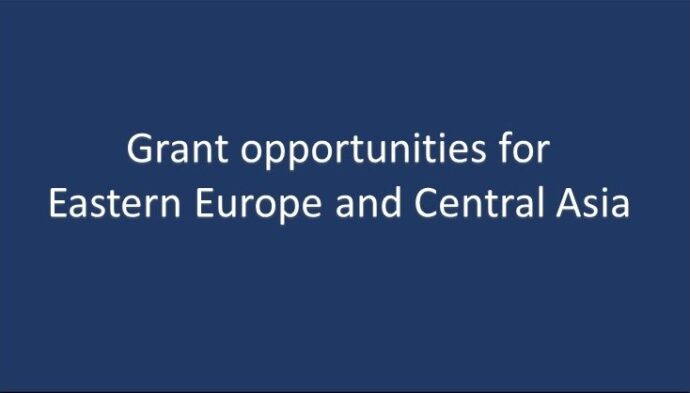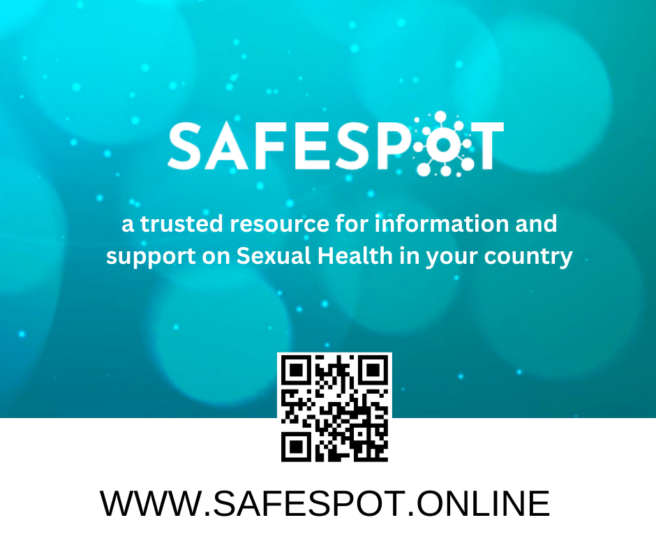
The inaugural World AIDS day was held on December 1st, 1988. The epidemic was raging across Western Europe and the United States. The world was only starting to realize the existence and the magnitude of the African epidemic. HIV was virtually absent from the Russian Federation. There was no treatment for HIV infection. AIDS was a death sentence, as we, physicians, were painfully witnessing every day in hospital wards.
30 years later, while no country has been spared of HIV, we cannot overestimate the progress that has been made. Extraordinary progress in science, research, and development, that has successfully translated into large-scale prevention and treatment programs in almost all settings, globally.
21 million people are now accessing antiretroviral treatment across the world. Life expectancy of an HIV-positive person on treatment is now similar to that of HIV-negative people. And we now know that an HIV-positive person whose virus has been suppressed with treatment will no more transmit the virus to a sexual partner, meaning that antiretroviral treatment also contributes to prevention of HIV transmission and to limiting the epidemic at the population level. In the last 10 years, the number of new HIV infections and AIDS-related mortality decreased by close to 40% globally. The hope generated by the progress has led the United Nations to commit to the goal of eliminating HIV by 2030.
Yet, an objective analysis of the situation today shows that the world is off track in achieving this target. The Russian Federation and, more broadly, the Eastern European and Central Asian region, are of particular concern.
Eastern Europe in the last five years is the only region of the world where both the annual number of new cases of HIV infection and of AIDS-related deaths continues to grow. The number of new infections reported in the region increased by 30% between 2010 and 2016. Over a million people are now estimated to be living with HIV in the Russian Federation; one in five do not know their status. It is timely then, that the theme of this year’s World AIDS day is “Know your status.”
Breaking down the raw numbers reveals an unsettling scenario. 45% of the people who know their positive status are on treatment and 75% of these are virally suppressed.
This means that, at the end, only approximately 27% of the total estimated number of people living with HIV are virally suppressing their infection and that a large pool of people with HIV can potentially transmit the HIV infection. All this in a context where national prevention efforts are lagging behind and fragile at best.
The ministry of Health aims at increasing treatment coverage to reach 75% at the end of next year and rightly points out how important it is to urgently address some of the myths and misinformation that prevent people from accepting treatment.
The HIV epidemic in Russian Federation is largely an epidemic of so-called “key populations” and their sexual partners – people using drugs, men who have sex with men, sex workers, migrants, prisoners – often marginalized groups of the population for whom stigma, discrimination, and criminalization drive many of these people underground, away from outreach workers and so with limited access to prevention and treatment services.
An effective response to the epidemic within the Russian Federation should, therefore, entail a focus on specific geographic areas and populations. It also means seizing many immediate opportunities to build onto the HIV platform, the “SPID centers”, to provide additional services, including diagnosis and, as much as possible, integrated treatment of tuberculosis and hepatitis, as well as prevention services including “pre-exposure prophylaxis” for men having sex with me and provision of clean needles and injection materials for people who inject drugs.
When and where this kind of efforts have been employed around the world we know the outcome: a decline in new infections, a decline in the pool of infectiousness and improved control of the epidemic in general by the authorities.
We also know that failure to engage with most vulnerable and at-risk groups of people can bring – a growing epidemic that becomes increasingly more difficult to reign in.
A recent modeling study has shown, for example, that without integration and scaling up of needle exchange programs and antiretroviral therapy, HIV prevalence would remain as high as 60% among people who inject drugs in Ekaterinburg. Scaling up of the interventions would – in contrast – significantly reduce that prevalence and deaths associated with HIV. If the interventions were to cover 50% of people in need and to also include opioid maintenance therapy with methadone, currently unavailable in the Russian Federation, over 30% of HIV infections and HIV-related deaths could be prevented in Ekaterinburg.
The science and the experience from many countries, particularly in Western Europe, tell us that these approaches can best be implemented in a working partnership with civil society, recognizing the additional and complementary strengths brought by community-led services. In Saint Petersburg, joint efforts of the AIDS center and civil society to bringing testing closer to people in need of it and linking people to care, have led to significant decrease in the number of new infections and increase in treatment coverage. Civil society groups, in this case, are supported by both Presidential and municipal grants.
We should be encouraged by the integrated approach formulated both in the National strategy adopted by the Russian Federation two years ago and in recent guidelines on the prevention of HIV among key affected populations. A clear progress can be noticed in some regions of the country with regards to the partnership with civil society and service provision.
The challenge for the country is to translate what is on paper and high-profile statements into concrete policies that simultaneously sustain appropriately funded programs and engage in the structural and legislative reforms needed to remove obstacles that still impede access to prevention and care. Without such an approach, HIV infection in Russia will continue to grow faster than the efforts to fight it.
Michel Kazatchkine is the Special Advisor to the Joint United Nations Program on AIDS (UNAIDS) in Eastern Europe and Central Asia
Source: kommersant.ru




